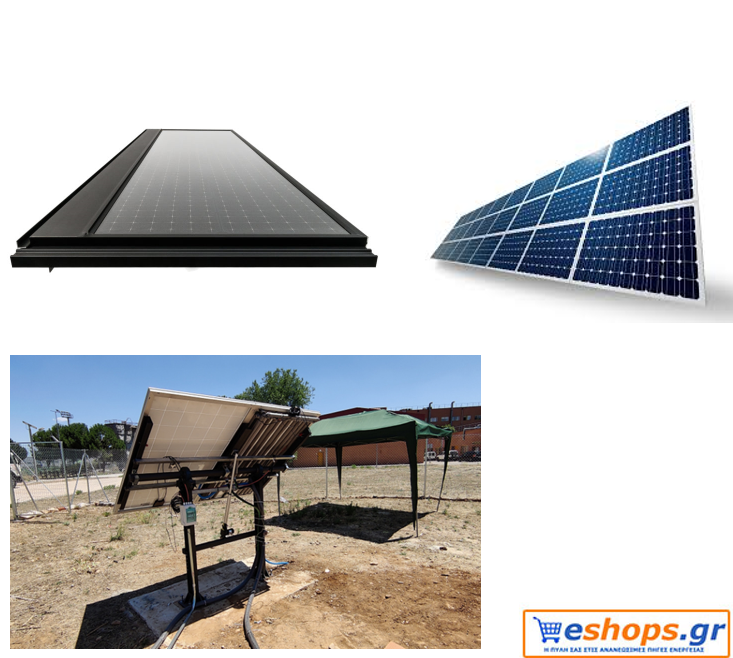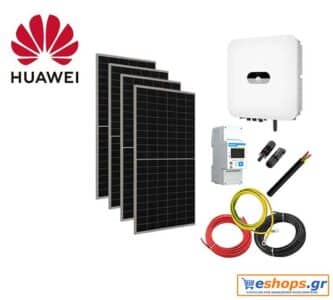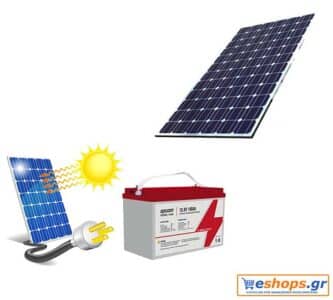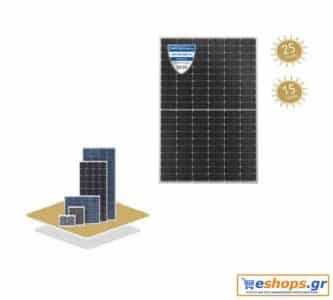Underground heat exchanger for cooling the solar panels

heat exchanger, cooling, photovoltaics, new technology
Spanish scientists have built a cooling system that has a heat exchanger in solar panels and U-shaped heat exchangers installed in a borehole at a depth of 15 meters. The researchers claim this reduces panel temperatures by up to 17%, while improving performance by around 11%.
Researchers at the University of Alcalá in Spain have developed a cooling technique for solar panels that uses an underground, single-phase, closed-loop heat exchanger circuit that acts as a natural heat sink.
"Our analyses, carried out for various types of residential and commercial installations, show that the system is economically viable with investment payback periods ranging between five and 10 years," said researcher Ignacio Valiente Blanco.
The cooling technique involves applying a heat exchanger to the back of a solar panel to remove excess heat. This heat is transferred underground by a coolant that is cooled by another U-shaped heat exchanger inserted into a borehole 15 meters deep, filled with natural water from the underground aquifer.
"The cooling system needs extra energy to activate the coolant pump," the researchers explained. "As it is a closed circuit, the potential energy difference between the bottom of the borehole and the solar panel does not affect the energy consumption of the cooling system."
The scientists tested the cooling system on an off-grid solar installation, which they described as representative of a typical solar farm with single-axis tracking systems. The array consists of two 270 W units supplied by the Spanish Atersa. They have a temperature coefficient of – 0,43% per degree Celsius.
Its heat exchanger solar panel consists primarily of a set of six plastically deformed, flattened U-shaped copper tubes, each 15 mm in diameter. The pipes are all thermally insulated with polyethylene foam and connected to common 18 mm diameter inlet and outlet manifolds. The research team used a constant coolant flow rate of 3 l/min or 1,8 l/min per square meter of solar panel.
The experiment showed that the cooling technology could reduce the operating temperature of the solar module between 13 C and 17 C. It also improved the efficiency of the module by about 11%, meaning that over the course of a whole day, the cool panel would it delivered 152 Wh more than its non-cooled counterpart, according to the study.








































